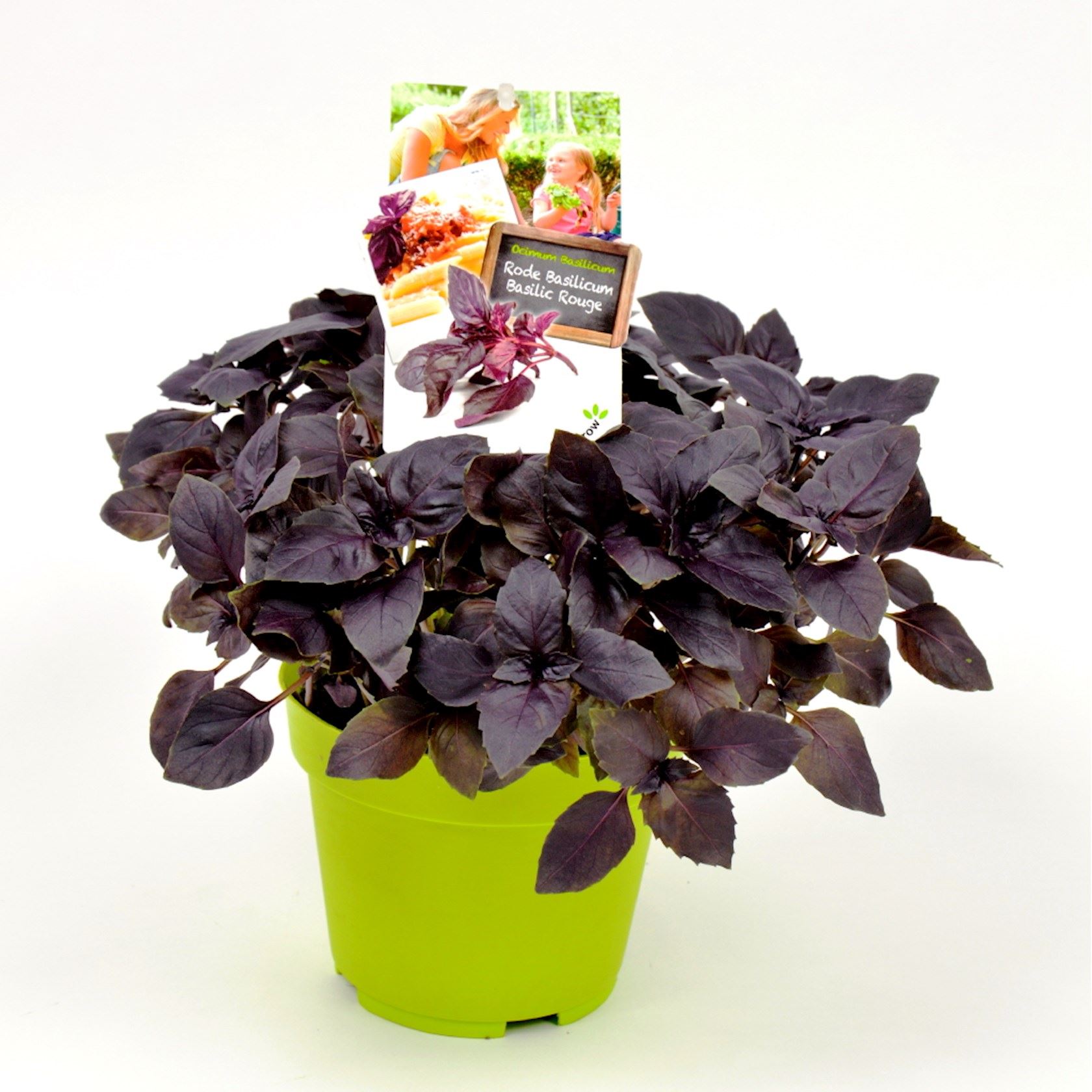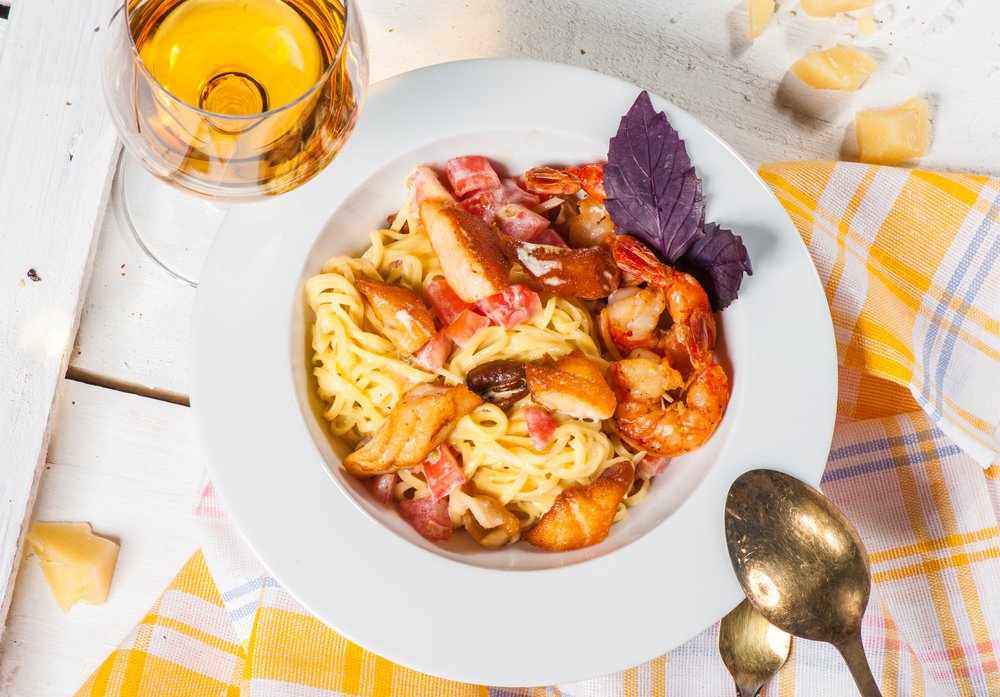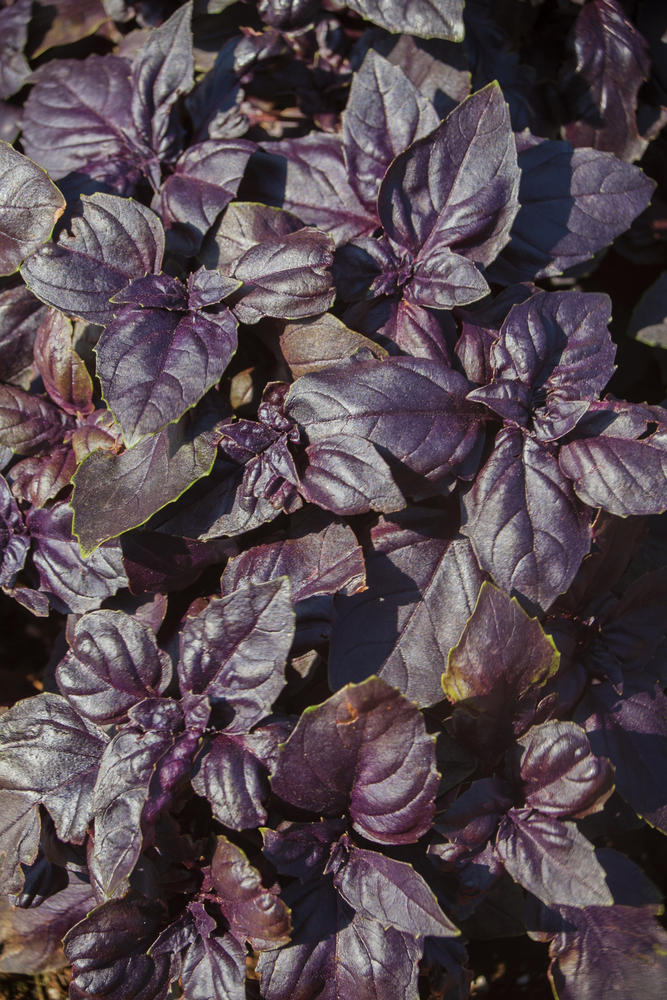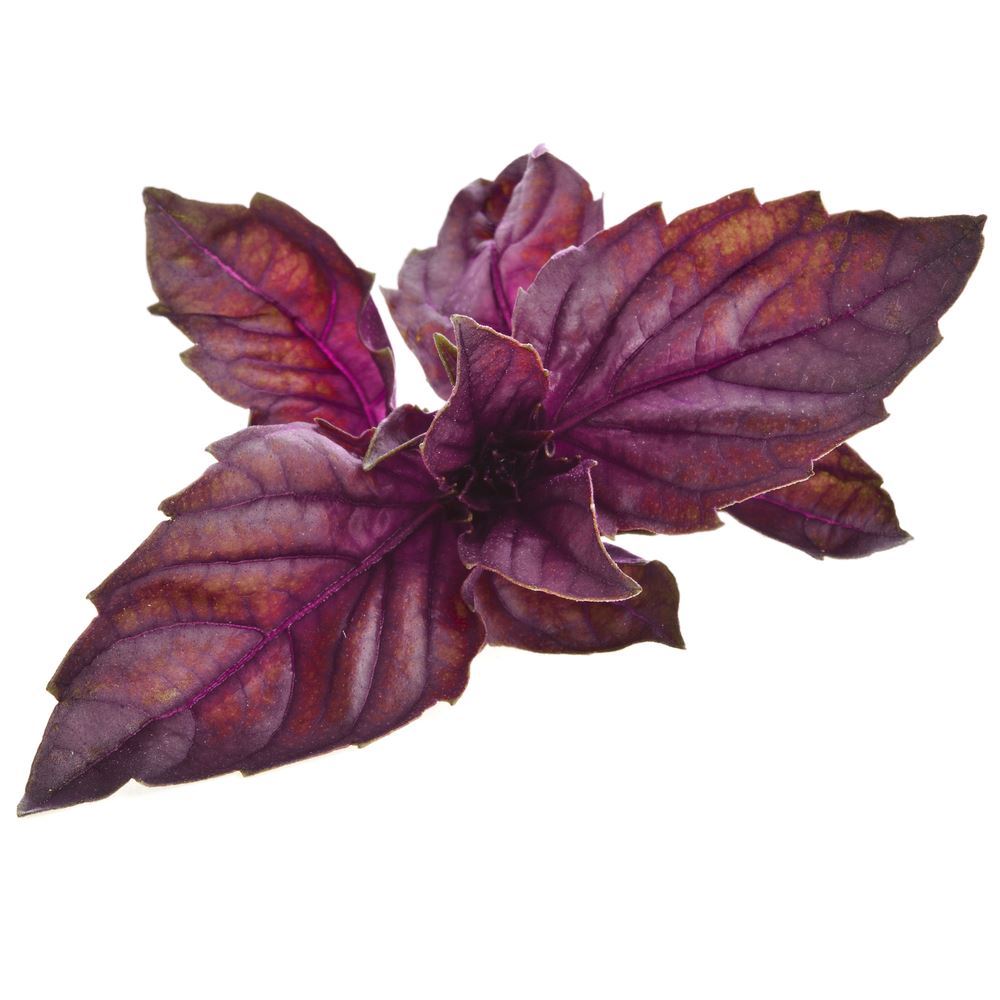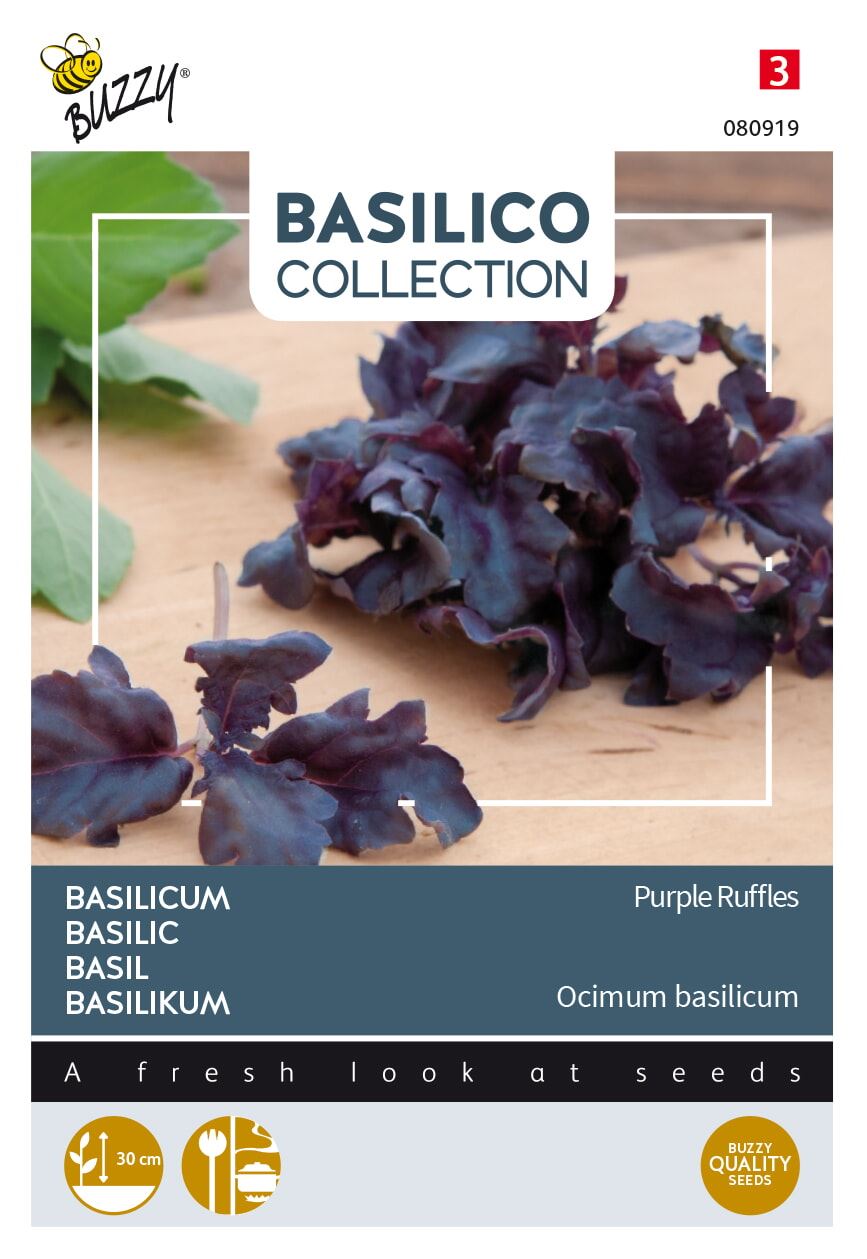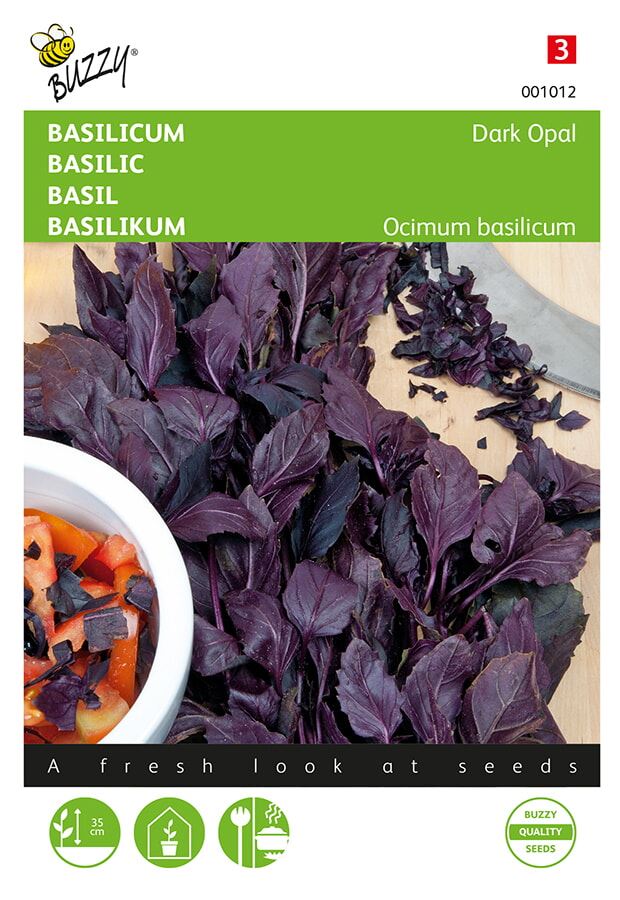Basil red, purple basil - Ocimum basilicum 'Dark Opal' - pot ø13 cm
Rode basilicum gezaaid
Product information "Basil red, purple basil - Ocimum basilicum 'Dark Opal' - pot ø13 cm"
Red basil is a variety of the common green basil. However, it has striking dark purple leaves and blooms in pale pink flowers
The cultivation and use are the same as for traditional green basil. The flavor is similar, only the dark color provides an added accent. Red basil is ideal for use in rice or pasta. You can also use red basil to make red pesto or colorful tapenades.
GENERAL:
Basil is native to Asia (India), but has been a common plant in the countries around the Mediterranean for over 1,000 years.
With the increasing popularity of southern cuisine and various southern dishes, basil is no longer unknown to us either. Nowadays it is available all year round in our supermarkets and greengrocers.
It is a delicate annual plant, with soft dark green aromatic leaves, with a typical fragrance. The stems are square and slightly ribbed and usually grow to 40-60 cm in height. In summer, the plant blooms with small, fragrant, white flowers. There are more than 100 known varieties of basil.
CULTIVATION TIPS:
Basil is a sensitive herb that loves heat and sun. (+/- 15°C is the minimum temperature for basil to grow well).
If you want to plant it outside in full soil, you should do this from mid-May onwards. Be sure to place it in a spot sheltered from heavy rain and wind and choose a well-drained, moist soil. However, it is better to grow basil in a greenhouse, or even indoors in a pot on the window sill: The plant can grow uninhibited here.
Always make sure you have plenty of water! You can pick leaves as desired and use them. If the plant starts to flower, it is best to cut it off. In our country it will never produce seed. Cutting off the flowers also has the advantage that the plant retains its bushy shape and you get more leaves to harvest.
Basil is also very popular with snails. You can keep them at bay by scattering sharp sand or ash around the plants, or catch them with a saucer of beer that you place next to them.
CULINARY:
Basil, with its unique fragrance and flavor, is a popular kitchen herb. Always use basil fresh, do not boil it. You can dry it but it will lose some of its aroma.
Basil is used primarily in many Mediterranean dishes and with tomatoes: tomato sauce, pizza, pasta
,fresh tomatoes with mozzarella and olive oil are delicious,... You can also mash the leaves with oil (be sure to make pesto!) or chop them to add to your dishes. Basil goes well with lamb, veal, in fresh salads, soups,
It is also used to flavor vinegars.
GENEESPOWERFUL:
Basil has a beneficial effect on digestion: it works antispasmodic. It is also relieving a cold because it is cough suppressant.
Product specifications
| Application / use plant: | Unknown - n/a |
|---|---|
| Bloom Month: | August, September |
| Bloom color: | White |
| Branches / bark: | Unknown - n/a |
| Dutch plant name: | Basilicum rood |
| Flower color - details: | Creamy white |
| Frost hardiness - details: | Very bad (-1 till +4°c), usda zone 10 |
| Frost resistance: | Not winter hardy |
| Fruit: | Unknown - n/a |
| Full grown plant height: | 30-60 cm |
| German plant name: | Rotblättriger Basilikum |
| Growth habit : | Bushy |
| Growth habit - details: | Woody rising |
| Humidity/Soil: | Normal soil |
| Latin plant family: | Lamiaceae |
| Leaf / Foliage: | Red/brown |
| Leaf / foliage - details: | Deciduous, purple, strongly scented, edible |
| Location: | Halfshadow, Full sun |
| Location - details: | Preferably full sun |
| Minimum growing height (in cm): | 50 |
| Plant characteristic: | Aromatic, Edible (fruit, leaf, flower), Kitchen herb |
| Plant family: | Lip flower family |
| Synonym / Trade name: | Ocimum basilicum 'Purpureum' |
| Winter foliage: | Losing leaf |
| maximal growth height (in cm): | 50 |
| type of crop: | Annuals |
| type of soil: | Normal soil |
| type of soil / ground - details: | Well-drained soil |
Pictures of this plant
Reviews
Login











